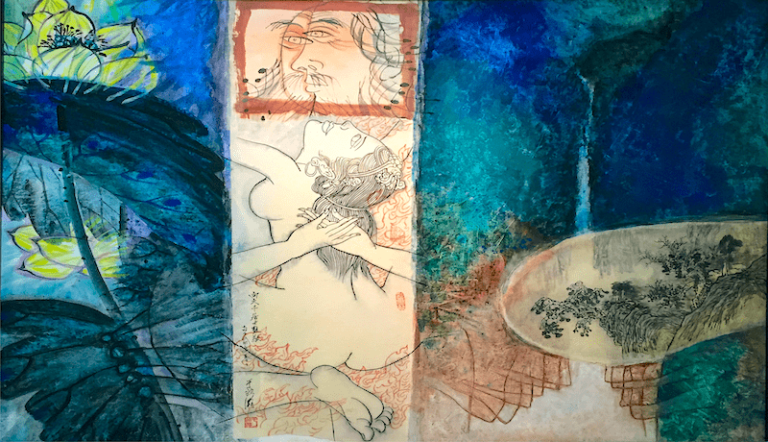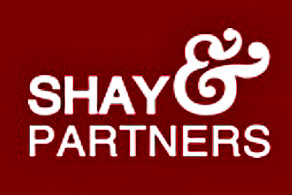
- Artist : Mr. Chau-yih Yu
Hopes have been raised for an earlier launch of fourth-generation (4G) operations by the news that the Science and Technology Advisory Group of the Executive Yuan is coordinating with the Ministry of Transportation and Communications and the National Communications Commission (NCC) on plans to use the 700 megahertz (MHz) spectrum – used by the military – or idle frequency bands around 2.6 gigahertz (GHz) for 4G services.
Long-Term Evolution (LTE) is an advanced version of the Global System for Mobile Communication (GSM). On December 6 2010 the International Telecommunications Union officially designated it as a 4G technology. Whereas the term ‘3G technologies’ refers to the provision of voice and data communications on the same wireless network, the 4G era will be characterised by full data networks. 4G provides increased bandwidth and an internet connection speed that is at least 10 times faster than third-generation (3G) services. There are two main 4G standards – LTE and worldwide interoperability for microwave access (WiMAX) – but LTE is the mainstream global standard and is used in both Europe and the United States. The appeal of 4G lies in its transmission speed, which is faster than commissioned WiMAX services. This essentially provides users with mobile broadband, allowing access to multimedia content.
The ministry and the NCC have responded to enquiries by the legislature, confirming in their official December 5 2011 reports that any changes to the approved licensing plan will depend on the final decision of the Executive Yuan, as well as further coordination among relevant agencies. The ministry has confirmed that the agencies are discussing requests from WiMAX operators for consolidation or alternative adoption of other technologies, such as TD LTE. The ministry is also planning the remaining 100 MHz bandwidth for 2.6 GHz.
As for the timing and procedure for 4G licensing, the ministry has advised that it is soliciting comments from the NCC and the Ministry of Economic Affairs.
The materials contained on this website are for general information purposes only and are subject to the disclaimer.

